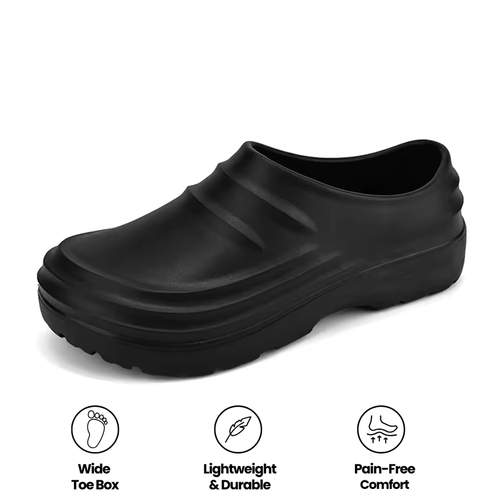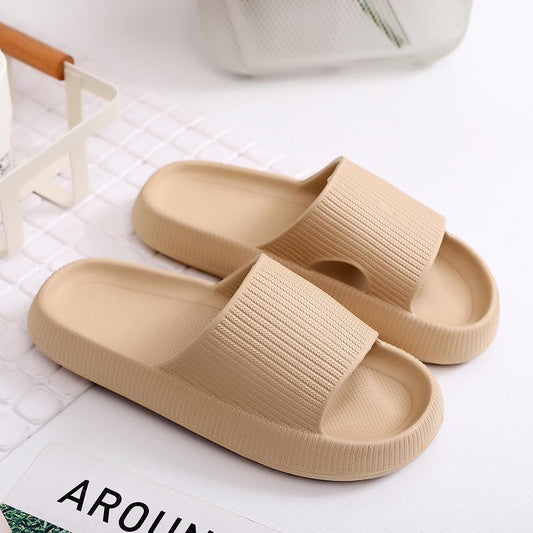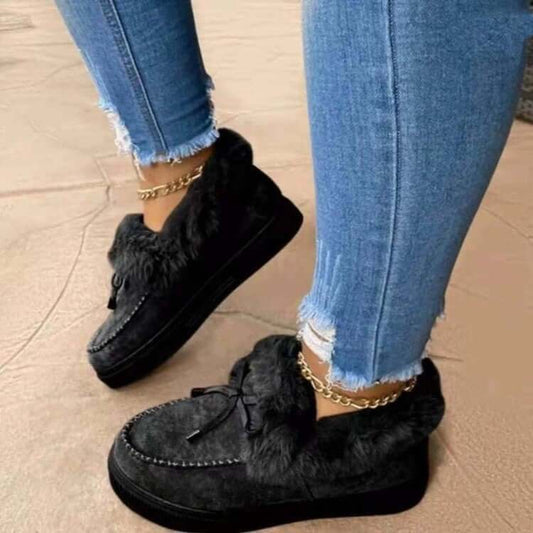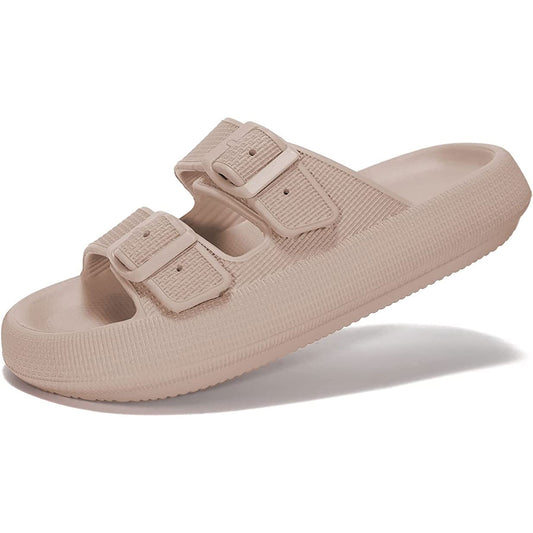What does it mean if you have cold feet?
Cold feet aren't just a metaphor for hesitancy; they can be a literal physical condition too. Experiencing cold feet can be a normal body reaction, especially during colder months. When temperatures drop, the body diverts blood from extremities like our hands and feet to keep vital organs warm and maintain core body temperature. This is a basic survival mechanism. However, cold feet can also indicate underlying medical conditions.
When should I worry about cold feet?
While reaching for a pair of warm socks might be the immediate remedy for cold feet, it's essential not to dismiss persistent symptoms. If your cold feet are accompanied by tingling, skin color changes to white or blue, or other abnormal sensations, it might be time to consult a professional.
What deficiency causes cold legs and feet?
Cold legs and feet might arise from several deficiencies, but the most common is anemia. Anemia is a condition where your blood lacks sufficient healthy red blood cells or hemoglobin, affecting oxygen delivery to your cells. This can lead to symptoms like cold extremities.
How do you warm up cold feet and how do you warm up your feet?
The immediate remedies include:
- Wearing warm, insulated socks.
- Using heated foot pads or warm water bottles.
- Massaging your feet to boost blood circulation.
- Avoiding tight footwear that can restrict circulation.
- Soaking feet in warm water, ensuring it's not too hot to avoid burns.
Why is my feet cold but body warm?
Cold feet with a warm body can arise due to the body's mechanism of preserving core temperature by diverting blood away from the extremities. It can also be a sign of issues with blood circulation or nerve function.
How do you fix poor circulation in your feet?
One major reason for cold feet is poor circulation, often linked to conditions like Peripheral Vascular Disease (PVD). To improve circulation:
- Engage in regular exercises, especially walking.
- Elevate your feet when resting.
- Avoid sitting for extended periods.
- Wear compression stockings if recommended.
- Avoid smoking, as it can exacerbate circulation issues.
How do you get rid of cold feet?
In addition to warming remedies, addressing the root cause is vital. This might mean lifestyle changes, medications, or even surgical procedures in severe cases of circulation issues.

What vitamin is good for cold feet?
Certain vitamin deficiencies can lead to cold feet. Vitamins that support circulation and nerve function, like Vitamin E and B vitamins, might help. Always consult with a healthcare professional before starting any supplements.
What syndrome causes cold feet?
Raynaud's disease is one such syndrome causing cold feet. This rare disorder affects blood vessels primarily in fingers and toes. Stress or cold triggers the narrowing of these vessels, causing cold sensations and color changes.
Do cold feet always mean poor circulation?
Not always. While poor circulation is a common culprit, conditions like Peripheral Neuropathy, where damage to peripheral nerves results in cold feet, and Hypothyroidism, where reduced thyroid function causes cold intolerance, can also be responsible.
Why are my feet cold but I'm not?
Cold feet can sometimes be an isolated symptom. While the rest of your body feels warm, specific issues affecting your feet's blood flow or nerve function can cause them to feel cold.
Does cold feet mean diabetes?
Cold feet can be an indicator of diabetes, especially when linked to Peripheral Neuropathy. High blood sugar levels, characteristic of diabetes, can damage nerves, leading to cold feet among other symptoms.
What does cold feet in bed mean?
While cold feet in bed might simply be due to a chilly environment, persistent cold feet, even under warm conditions, might point to medical conditions discussed earlier.
Can anxiety cause cold feet?
Yes, anxiety can trigger a fight-or-flight response, diverting blood away from extremities, resulting in cold hands and feet. It's one of the many physical manifestations of anxiety.
What are the first signs of diabetes in feet?
Aside from cold sensations, early signs of diabetes in feet include numbness, tingling, frequent infections, slow wound healing, and changes in skin color.
What is pre-diabetic feet?
Pre-diabetic feet might not exhibit symptoms as intense as diabetic feet. However, signs like mild tingling or periodic cold sensations could be early warnings, indicating the onset of nerve damage even before full-blown diabetes develops.
What are the 3 most common symptoms of undiagnosed diabetes?
- Increased thirst and frequent urination.
- Unexplained weight loss.
- Fatigue and increased hunger.
Understanding the cause behind cold feet is crucial. While often benign, cold feet can be a window into your overall health, pointing to conditions that might require attention. Always consult a medical professional if you're concerned, especially if symptoms persist or worsen.
(Sources: WebMD, MayoClinic)











